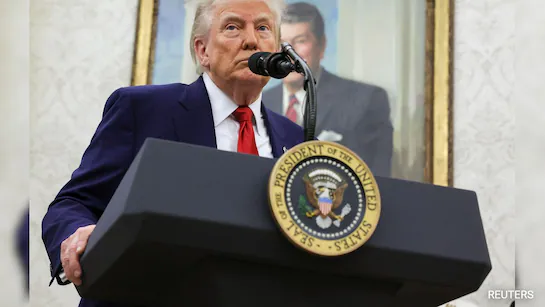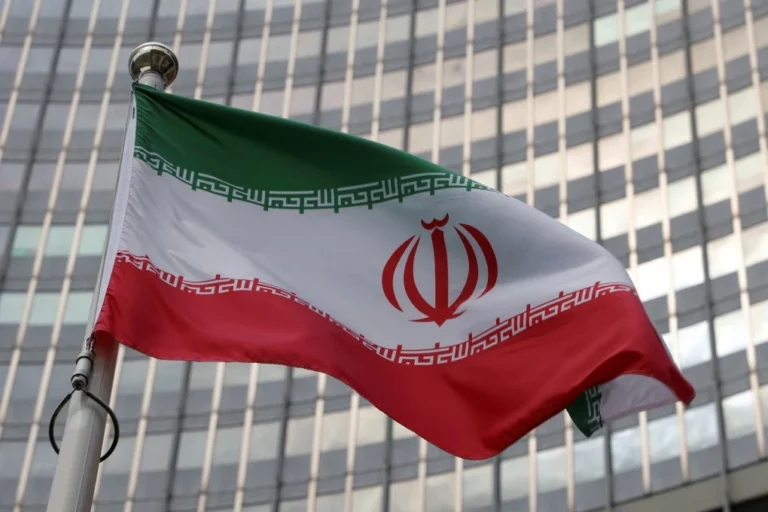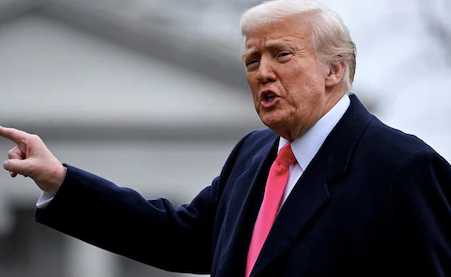
In V.O.S. Selections, Inc. v. United States, the United States Court of International Trade ruled that President Donald Trump exercised authority beyond what was intended under the International Emergency Economic Powers Act (IEEPA) when he imposed the “Liberation Day” tariffs. The ruling voids a significant portion of Trump’s trade policy and reaffirms the constitutional separation between the branches of government.
History
On April 2, 2025, President Trump declared “Liberation Day” and signed Executive Order 14257, which announced a sweeping tariff policy. This Executive Order put a baseline of 10% tariffs on virtually all imports (with very few exceptions), and levied tariffs up to 145% on some nations (i.e., China). The order described the tariffs as a “national emergency,” justifying the long-term trade deficits permitted to build up as a basis upon which to impose the tariffs under the International Emergency Economic Powers Act (IEEPA).
The tariffs elicited early alarm from a range of actors. Small businesses that relied greatly on imported items argued that their activities were severely impacted, and this also affected supply chain processes. Twelve other states, spearheaded by Oregon, challenged the tariffs because the president had surpassed his authority in declaring that he was acting in the face of a national emergency to have broad-based tariffs imposed without approval by Congress.
Legal Reasoning
The three-judge panel indicated in a unanimous ruling that the IEEPA does not authorize the president to impose tariffs in response to trade deficits because trade deficits do not meet the designation of “an unusual and extraordinary threat,” as required under IEEPA. The court stressed that if the executive branch were allowed to impose tariffs without clear congressional authority, the nondelegation doctrine and the separation of powers guarantees of the Constitution would be violated.
The court also distinguished between tariffs imposed under the IEEPA for trade deficits and tariffs imposed under other statutory authorities, such as Section 232 of the Trade Expansion Act of 1962 and Section 301 of the Trade Act of 1974. The ruling was directed at the “Liberation Day tariffs,” and did not affect other tariff regimes.
Implication
Economic implications: The legal decision had a direct impact on financial markets. U.S. stock futures went up in value, with Dow Jones Industrial Average futures increasing more than 550 points following investors’ conclusion that there would be a reduction in trade tensions.
Trade policy: The decision limits the executive branch from unilaterally imposing tariffs through the use of the national emergency justification and enhances the deference to Congress in trade policy. This can lead to subsequent negotiations being designed more cooperatively, or it may also serve to fold the current tariff regimen and arrangements into the new trade policies.
Legal precedent: The court established legal precedent for the application of nondelegation and major questions doctrines, which may be important in future executive overreach cases based on the decision that was issued. This decision also signals an ongoing function of the judiciary in limiting the branches of government.
Indeed, the IEEPA has been employed in targeted sanctions and asset freezes for national security threats such as terrorism or cyberattacks. But applying the IEEPA to broad-based tariffs justified by economic motivations is a major departure from its previous application.
Conversely, Section 232 and Section 301 tariffs have detailed procedures and are imposed based on investigations and findings by the concerned agencies. The court ruling upholds the procedural stipulations and restricts the application of emergency powers in trade cases.
The U.S. Court of International Trade’s conclusion regarding the “Liberation Day” tariffs marks an important chapter in the continuing conversation regarding the executive role in trade policy. By ruling that Congress must have a role in tariff decisions, the Court’s decision upheld the constitutional structure that exists to prohibit the consolidation of power into only one branch of government. The Court’s conclusion is significant, not only for the current trade policy, but establishes a legal precedent that will serve to limit executive powers in the future.
Keep reading questiqa.com




